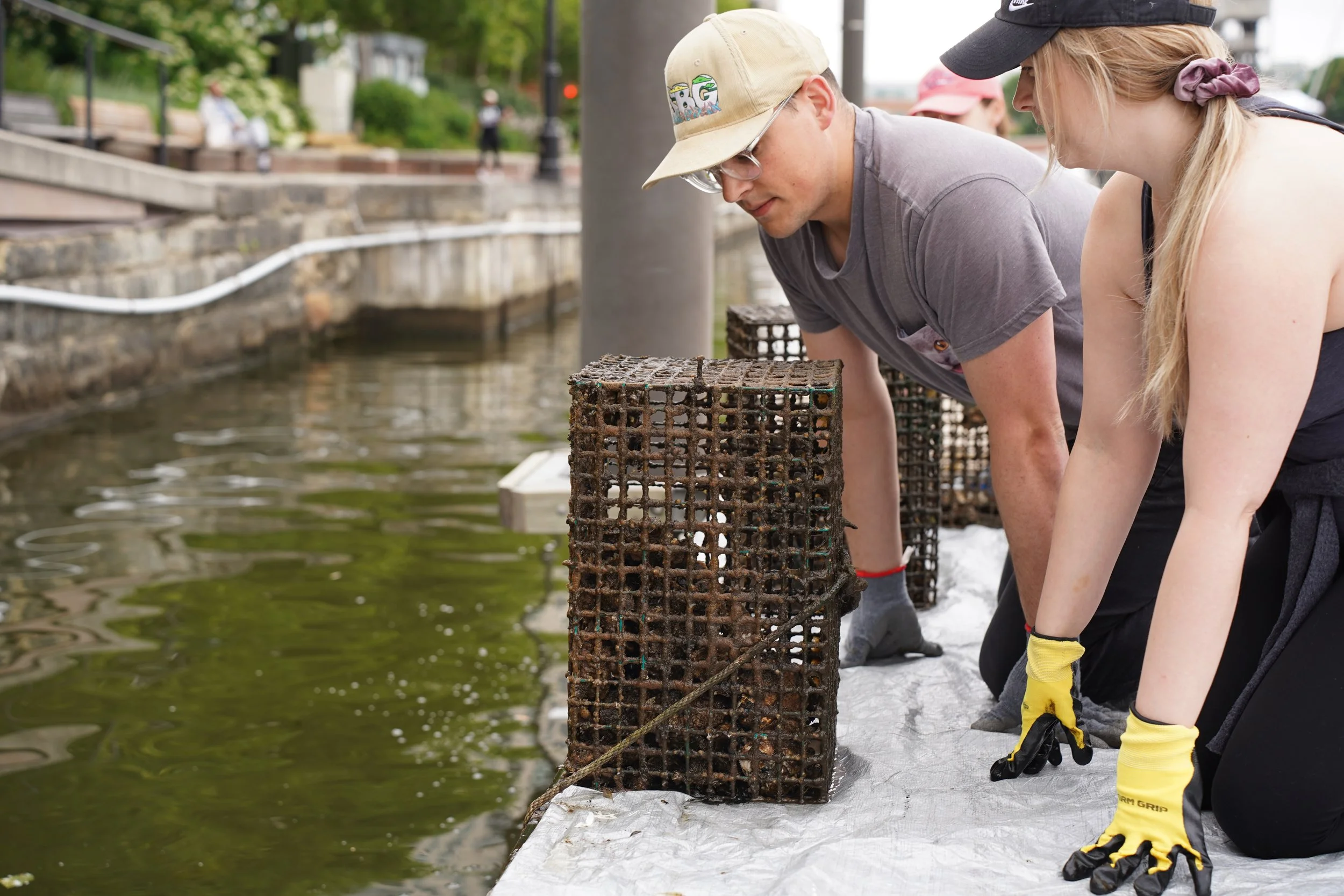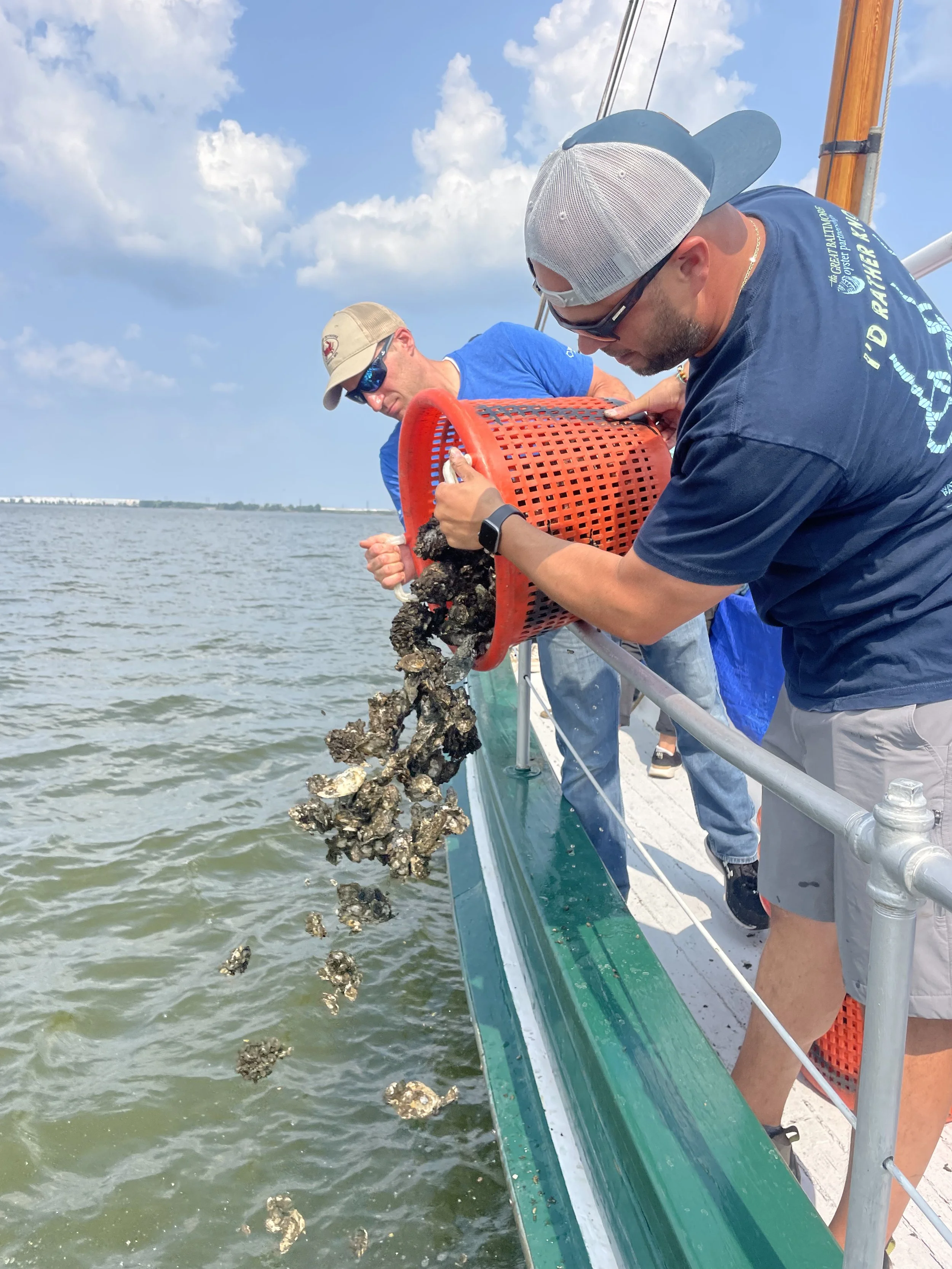
5 Million Oysters In 5 Years
The Baltimore Oyster Partnership aims to restore oyster populations in the Chesapeake Bay by growing 5 million oysters in 5 years in the Baltimore Harbor. Through this work, the Baltimore Oyster Partnership will improve water quality, provide habitat, and empower volunteers to raise awareness about the critical role of oysters in maintaining a healthy Baltimore Harbor and Chesapeake Bay.
Want to volunteer?
Join our mailing list to be notified of upcoming workshops!


Baltimore Oyster Partnership Mission Pillars:
-

Grow 5 million oysters in the Baltimore Harbor over the next 5 years to restore historic populations in the Patapsco River.
-

Boost biodiversity by rebuilding oyster reef habitats that support wildlife in the Bay.
-

Boost biodiversity by rebuilding oyster reef habitats that support wildlife in the Bay.
-

Empower volunteers to become citizen scientists and raise awareness about pollution in the Baltimore Harbor.

1. Restoration of Historic Oyster Populations:
The Baltimore Oyster Partnership is committed to growing 5 million oysters over the next five years. This ambitious goal aims to restore the once-thriving oyster population in the Patapsco River that played a vital role in the ecosystem and water quality. By increasing the abundance of these important creatures, we aim to revive their natural habitats and encourage the recovery of the marine ecosystem.
2. Providing Natural Water Filtration:
Oysters are nature's efficient water filters, capable of filtering up to 50 gallons of water per day. Increasing the number of oysters in an ecosystem significantly reduces pollutants and improves the overall ecosystem health, simply through their natural filtering processes. This pillar of our oyster restoration work emphasizes the oysters’ capacity to filter water and ensure a cleaner and safer Baltimore Harbor for aquatic life and local communities.
3. Rebuilding Biodiversity and Habitat:
Rebuilding oyster reefs is crucial for enhancing biodiversity in the Chesapeake Bay. These reefs create habitats for various marine organisms, offering shelter and food sources for fish, crabs, and other species. By prioritizing the restoration of these reefs, we are not only enriching the biodiversity of the region, but also encouraging a more robust food chain and promoting natural processes that help balance water quality and nutrient cycling.
4. Engaging Citizen Scientists and Communities:
Empowering volunteers to participate as citizen scientists is a cornerstone of our mission. Through education and hands-on involvement, our volunteers can contribute to oyster restoration efforts while gaining valuable knowledge about oysters’ significance in maintaining water health. This pillar focuses on raising awareness about pollution in the Baltimore Harbor and fostering a community that actively participates in safeguarding the environment and advocating for sustainable practices.

Plate to Reef- How the Oyster Partnership Works!
Step 1:
Diners enjoy freshly shucked oysters at one of the many local restaurants in Baltimore that participate in shell recycling.
Step 2:
Organizations collect the empty shells from these restaurants for recycling.
Step 3:
Larval oysters are seeded on the recycled shells at oyster restoration centers.
Step 4:
The recycled shells, now seeded with baby oysters known as spat, are transferred to cages and installed at oyster gardens around the Baltimore Harbor by our awesome volunteers!
Step 5:
Volunteers help us maintain these oyster gardens from fall to spring, giving the spat a huge head start on life.
Step 6:
Volunteers transport the baby oysters from the Baltimore Harbor to their forever homes at the Fort Carroll oyster sanctuary reef. Here, they will be protected from harvesting and will live out the rest of their days, providing habitat for other creatures and filtering water.

Sign Up for Our Newsletter
Receive updates on our oyster restoration efforts, volunteer opportunities, and community events. Join us in making a difference and be part of a community dedicated to revitalizing our waterfront.


